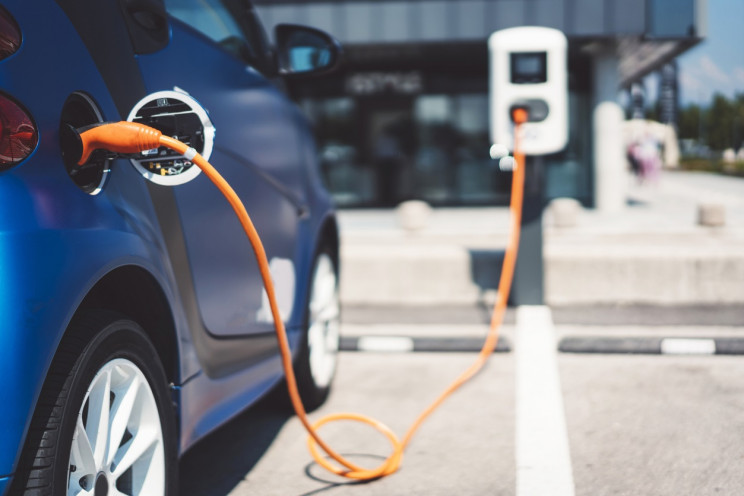Electric vehicles (EV) are our future. It has been the solution to most of the problems we faced due to the petroleum or diesel vehicles. From being eco friendly by zero emission of carbon to being completely soundproof, electric vehicles are a boon. But there are few issues which put these vehicles to take a back step. Range anxiety, is one among this, which is directly related to the scarcity of the electric vehicle charging infrastructure. As they say, modern problems require modern solutions, rocket scientists are trying to build an electronic charger while the car is in motion on the road.
Researchers at Cornell University led by Khurram Afridi, came up with a reasonable solution to this, “charging while in motion”. The whole idea is to charge the car while travelling on the road. Which is a possible solution to range anxiety and also increase infrastructure to charge cars on go as well.
This charging makes use of the technology which is quite familiar to us, the inductive charging, yes the very wireless charger we use for our mobile. But which is only bigger and larger in scale. This was totally not rocket science because the initiation of the idea was born way back in the 1980s in California. Tests were also conducted for this at that time.
The challenge is to apply technology on the road in such a way that it generates a vast magnetic field to the vehicle so it can get charged, just like for the current smartphones.
This technology is also not that economic, the alternating magnetic field requires expensive hardware. And also it takes in more energy than the energy it provides which in a whole is less effective. But luckily using experience from NASA’s jet propulsion Lab, researchers came up with a technology to replace magnetic fields with high frequency electric fields.
Through this technology, wireless charging of vehicles that have ground clearance up to 18 centimetres were claimed to be allowed, which will transfer the power to the vehicles, whenever the electric vehicles are being driven over the road.
Similar research was done in Norway too. The electric taxis in Norway are planning to install an inductive charger (through the phenomenon Electromagnetic induction) near the signals and parking lot of these vehicles, called near field charging. So whenever taxi drivers wait for a fare their EV gets charged. Norway has the most EV in the world, no wonder they are trying to implement this. And also Norway is the most eco-friendly country with the majority of power generated through wind mills and hydroelectric plants. So the dependency of petroleum in this country will be lowest. Hence becoming a true friend nature has ever got.
The technology is fascinating in theory, but it requires a hefty and high infrastructure to bring it to the current world. The whole process demands both time and economy, but if we want a better future it’s totally worth it.

